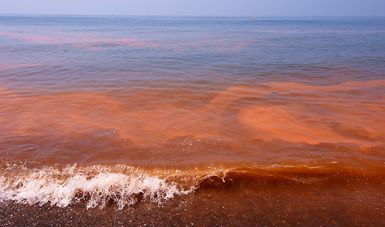Promising Treatment for Red Tide: Successful Open-Water Test in Gulf of Mexico
A group of experts from the University of Central Florida has conducted a successful open-water test using "clay flocculation" to reduce red tide in the Gulf of Mexico. Preliminary results are promising, with the technique showing potential.





